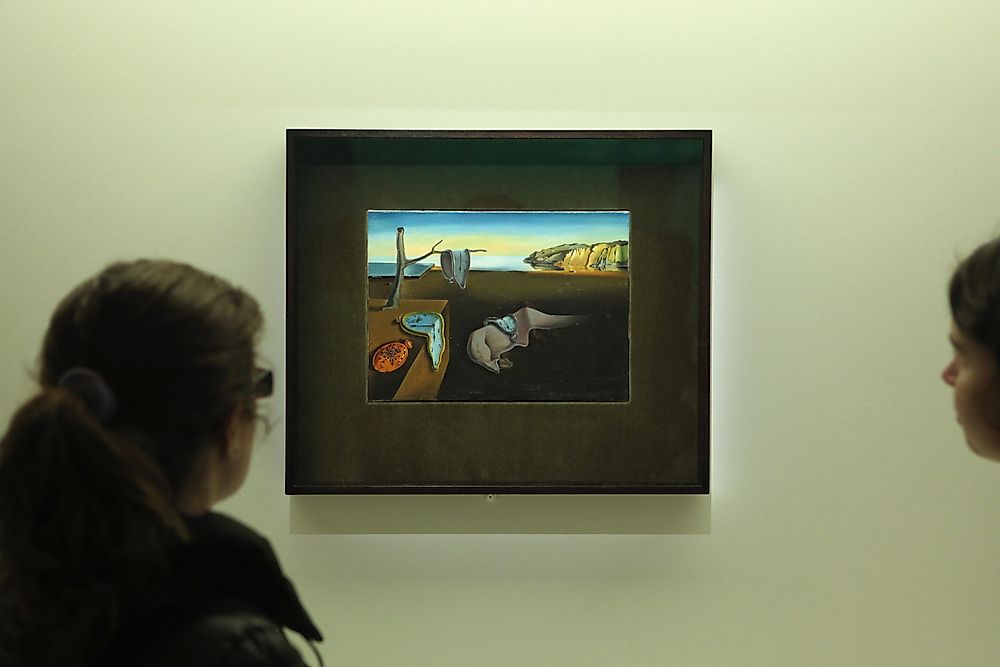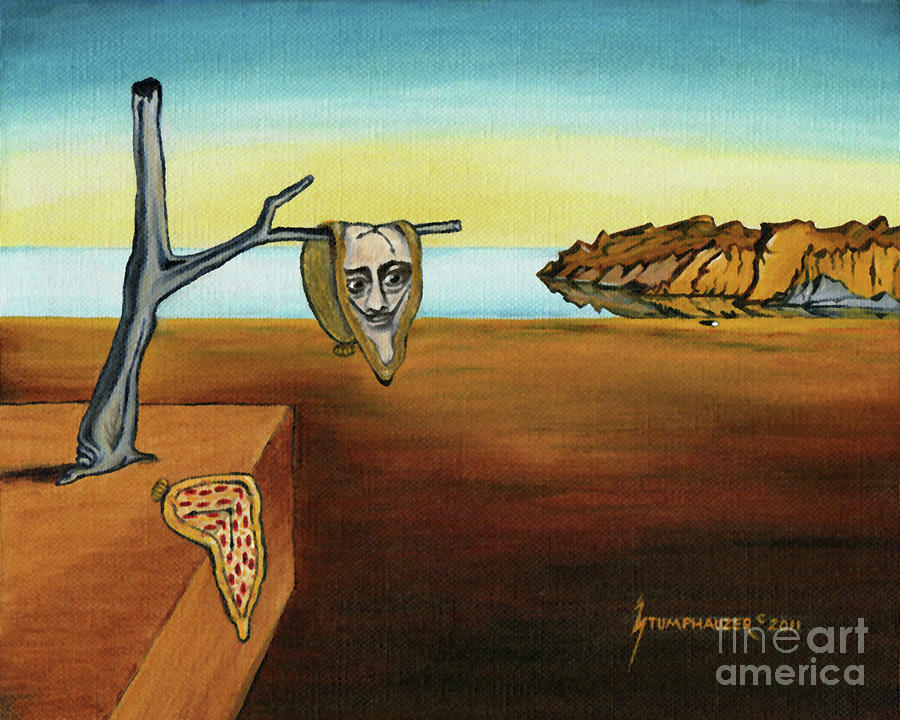
His admiration for Raphael is particularly evident in paintings such as Poetry of America (1943), Raphaelesque Head Exploding (1951), and Maximum Speed of Raphael’s Madonna (1954). In the late 1930s, Dalí began painting in a more academic style influenced by the Renaissance masters. He also published essays in which he discussed and defined the surrealist object, such as Lobster Telephone] (1936) and Mae West Lips Sofa (1937) were usually constructed from found items or readymade materials.

The technique required the artist to enter a unique state of mind which he described as a “spontaneous method of irrational knowledge, based on the critical-interpretative association of the phenomena of delirium”. In the painting, he effortlessly integrates the real and the imaginary in order “to systemize confusion and thus to help discredit completely the world of reality”.ĭalí’s most important contribution to Surrealism was the paranoiac-critical method, a surrealist technique he developed in the 1930s. The painting depicts a dreamworld in which common objects are deformed and displayed bizarrely and irrationally: watches, solid and hard objects appear to be inexplicably limp and melting in the desolate landscape. Between 19, Dalí produced some of the most famous surrealist paintings, including his masterpiece, The Persistence of Memory (1931). The film propelled the authors to the center of the French surrealist circle led by André Breton. In 1929, Dalí burst onto the art scene with the debut of Un Chien Andalou (An Andalusian Dog) (1929), a short silent surrealist film he made with Spanish director Luis Buñuel. The second was his introduction to the Paris Surrealists, a group of artists and writers who sought to unlock the creative potential of the human unconscious. The first was the work of psychoanalyst Sigmund Freud that explored the erotic significance of dreams and subconscious imagery. In the late 1920s, two chief influences emerged that shaped his mature artistic style. Born in 1904 in Figueras, Catalonia, Dalí studied art in Madrid and Barcelona, where he demonstrated masterful painting skills and experimented with several artistic styles. I would have a few questions for Dali on this painting.An author, artist and provocateur, Salvador Dalí was one of the most notable figures of the Surrealist movement. It is interesting and draws viewers into trying to decipher all the abnormalities in it such as the melting clocks, corpse and the desert. The painting is very intriguing as we question everything that is happening in the painting. There was an entire scene that was animated in that painting and it always stuck with me.
#WHO PAINTED THE PERSISTENCE OF MEMORY MOVIE#
As a kid the most memorable time was in the movie Looney Tunes: Back in Action. Dali lived through the Spanish Civil War and World War II and watched as lives were taken in a blink of an eye.īefore Going to see this piece of art at the Museum of Modern Art I have encountered myself with The Persistence of Memory. We are shown decay through the corpse on the ground and the ants over the orange clock. The lifelessness and melting clocks play hand in hand in this painting. Dali came up with the idea of the “melting clocks” after watching a piece of cheese melt on a summer day. Dali’s inspiration for this work came from Albert Einstein and exactly from his theory of relativity of space and time. In this image there seems to be no humans that we know of that are alive.


One of the clocks is melting over a dead tree branch. There are a group of ants on the orange clock. We can also see that one of the clocks is melting over a corpse of something or someone. When we look deeper into the painting, we can see the clocks are oddly “melting”. At times his own actions and beliefs made his name more well known then his own work.Īt a glance when looking at this art, we are shown four clocks in what seems to be a desert. After the Spanish Civil War began, he fled as he did not want to take a side in the war and ended up doing the same during World War II and received criticism for it. In his youth he supported anarchism and communism which he received backlash for. His painting skills were heavily influenced by the Renaissance. He was known for his strange images and surrealist work.

The piece of art I chose when visiting the Museum of Modern Art was “The Persistence of Memory” which was painted by artist Salvador Dali in 1931.


 0 kommentar(er)
0 kommentar(er)
